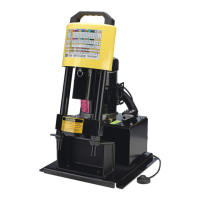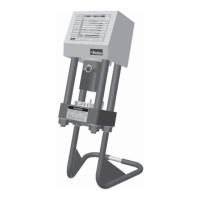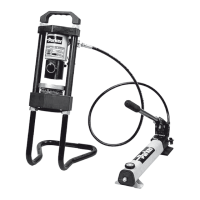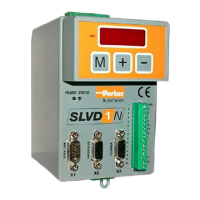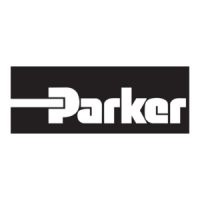What to do if the Parker Power Tool coupling crimp diameter is out of specification?
- CclinematthewOct 30, 2025
If the crimp diameter of your Parker Power Tool coupling is above or below the specification, several factors could be at play. First, ensure you're using approved fittings and hoses specifically designed for the Karrykrimp machine; consult Catalog 4400 for correct combinations. The issue might stem from using the wrong die ring—refer to the die selection chart or Catalog 4400 to verify you have the correct one. Also, ensure the pusher bottoms out completely on the die ring and base plate by lubricating the die cavity with Citgo MP Lithoplex lithium grease or equivalent. You can test for proper bottoming by placing paper between the die ring and base plate; it shouldn't be removable if bottomed correctly. High or low voltage can also cause this, in which case you should call a qualified el...
